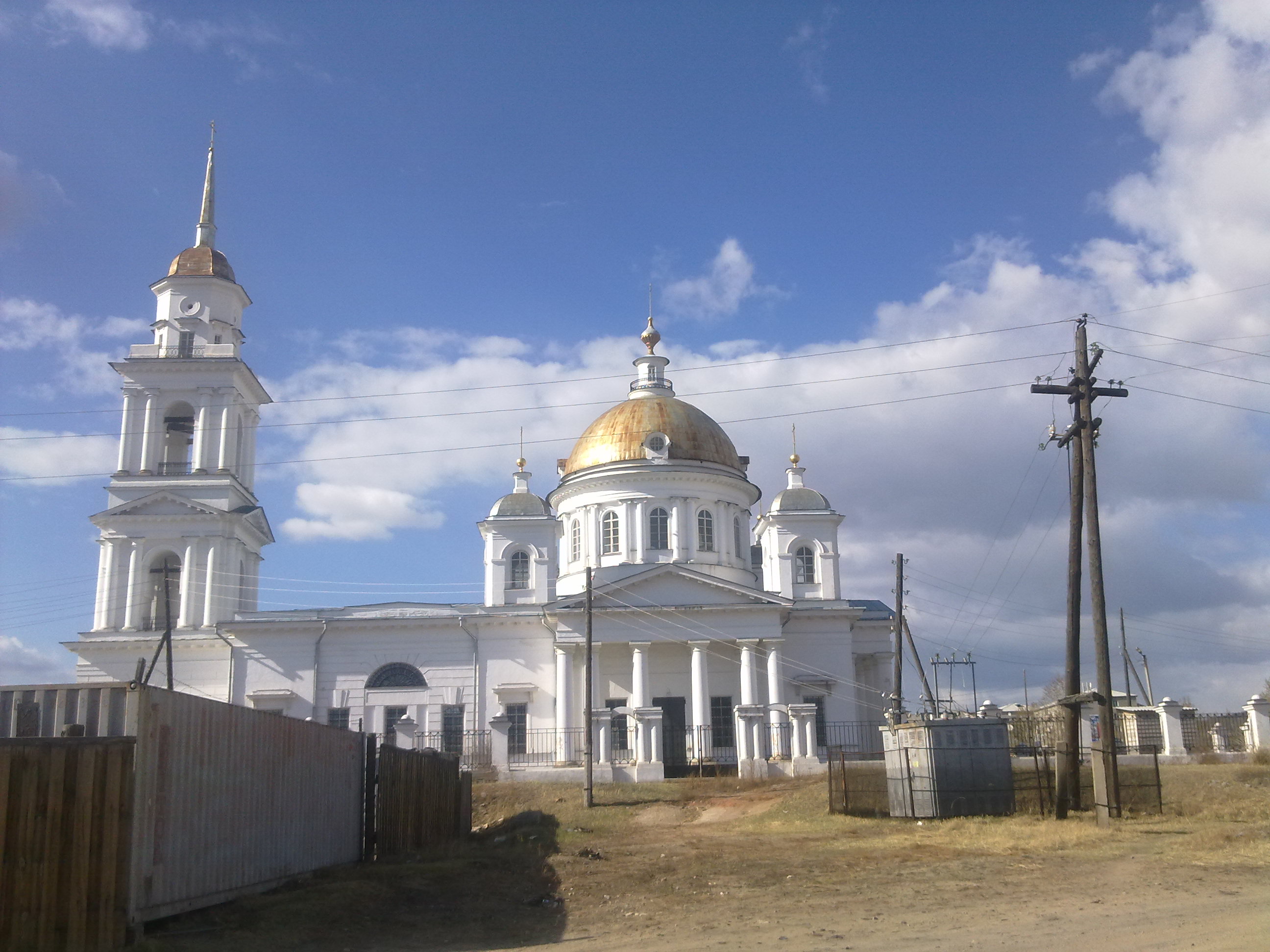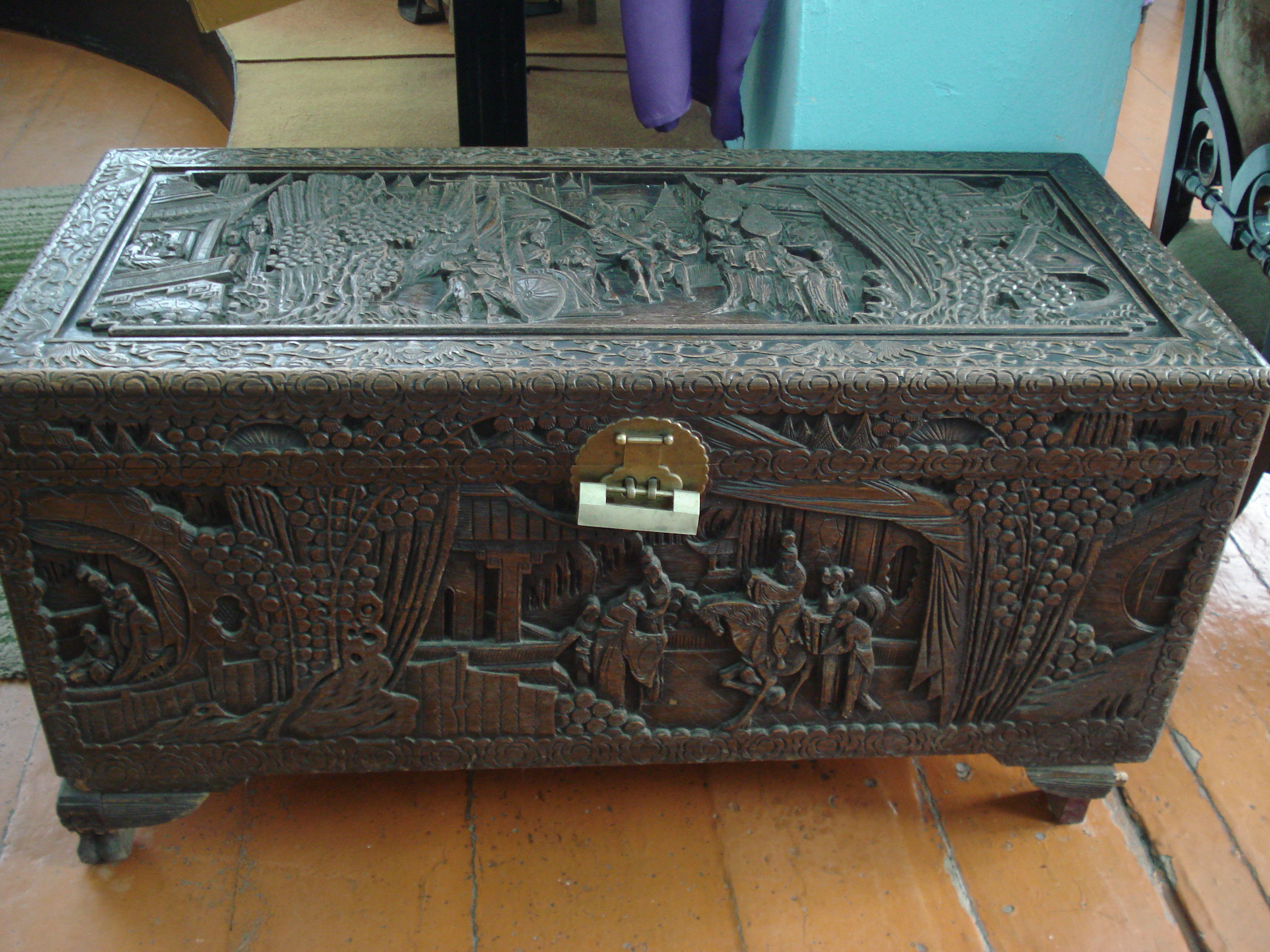The custom of drinking tea has been known in China for 5000 years; the Chinese kept the art of preparing tea strictly secret, and only in the 16th century, this secret art found its way to Europe—with the caravan trade through Russia: These caravans started in China in the city of Kalgan—where tea from all over the land was collected—and went through Mongolia. On the Russian-Mongolian boarder, they gathered in the city of Troitskosavsk—now Kyakhta—, founded in 1728: Kyakhta became the largest center for the wholesale trade supplying Russia and Europe with tea. Further on their way, the tea caravans went through Ulan-Ude—which hosted big annual trade fairs assembling tradesmen from Siberia and the Urals—and Irkutsk—which became the largest city in Siberia, dealing with goods from Europe, Asia and Alaska. From Irkutsk, the Tea Road proceeded through Krasnoyarsk, Novosibirsk, Omsk, Tyumen, Ekaterinburg, Perm, Kostroma, and Yaroslavl to Moscow.
Day 1 – arrival at Kyakhta (240km)
city tour
visit to the Obruchev Museum—the oldest museum in Buryatia, it depicts
the history of Buryatia, its flora and fauna, and the history of the Tea Road,
accomodation at hotel or at families
Day 2 – departure to Ulan-Ude, arrival at Novoselenginsk (130km)—a historical place: Built as a fortress on the right bank of the Selenga river in 1665, it played an important strategic role as Russia’s last outpost on the way to Mongolia and China; a place also connected with the Decembrists and English missionaries.
Visit to museum of Decembrists, visit to Tamchinsky datsan (Buddhist temple,110km)—the Tea Road passed the nearby village of Tamcha.
Arrival in Ulan-Ude, accomodation at hotel, folklore
Day 3 – City tour
Ivolginsk datsan
Ethnographic Museum
departure to Irkutsk



